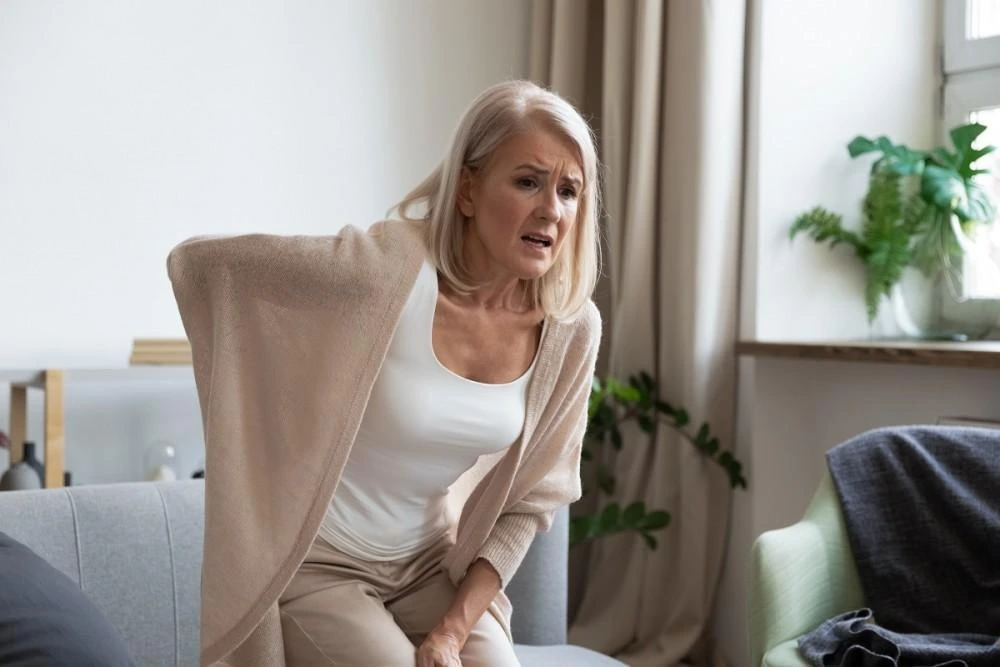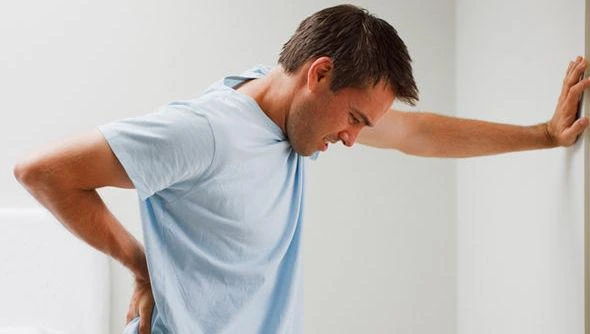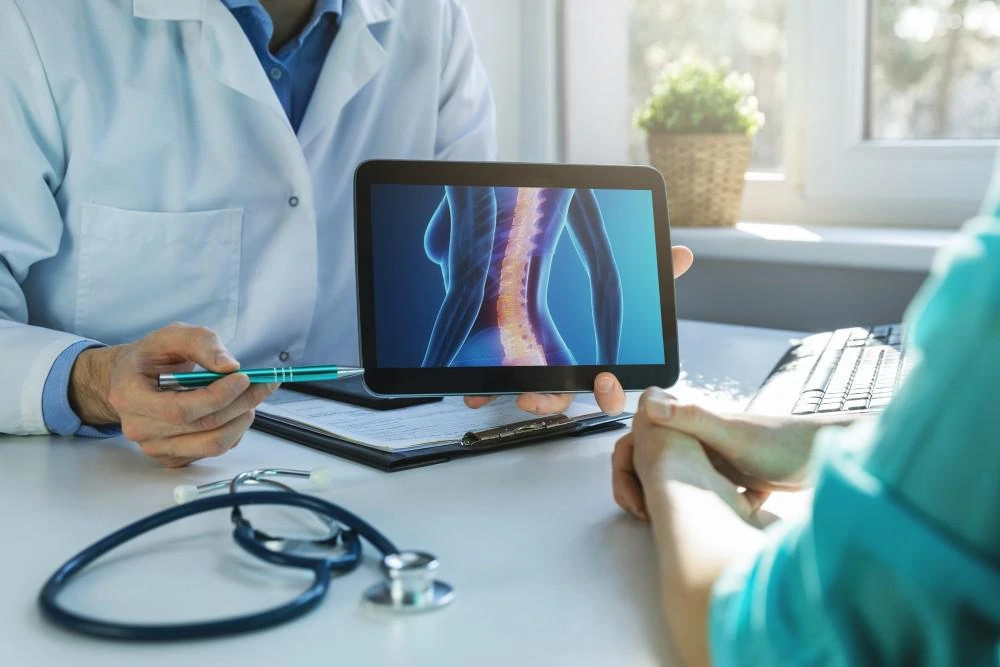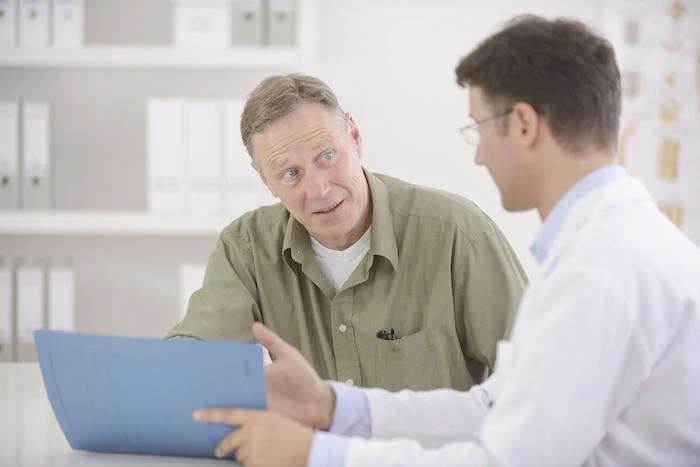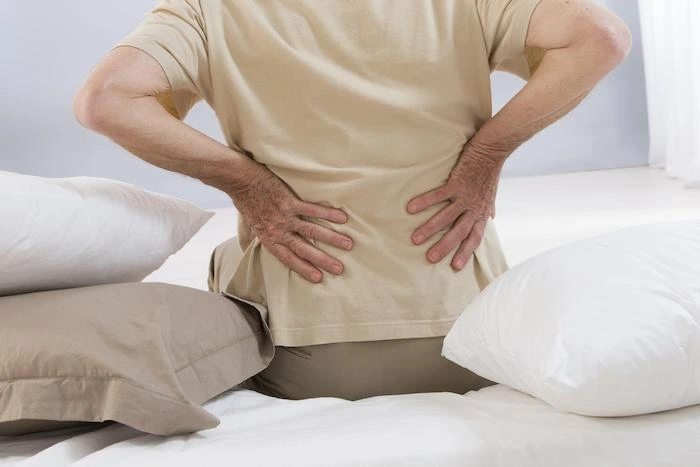You’re hobbled by lumbar spinal stenosis (LSS) in your lower back and you just want to move freely again. This condition is the primary driver of spinal surgeries in people over the age of 65 in the United States, and the good news is that the Vertiflex™ procedure is simpler and equally as effective as more invasive procedures.
At Bux Pain Management, Dr. Anjum Bux and our experienced team of spine specialists are pleased to offer the FDA-approved Vertiflex procedure to patients who struggle with life-changing LSS.
If you’re wondering how you might benefit from Vertiflex, here are four reasons why you should consider the procedure.
1. To relieve low back pain
One of the hallmarks of LSS is lower back pain due to a narrowing in the spinal canal that compresses the nerves in the area. Quite often, this pain presents itself when you stand up straight, which forces you to hunch over in order to find relief.
This pain can also travel down into one of your legs if the sciatic nerve is pinched, making the discomfort wider spread.
Wth Vertiflex, we provide more space for your nerves, which relieves the compression and, more importantly, the pain.
2. To combat numbness and tingling
While pain is a primary complaint, when nerves are compressed in your lower back, you may also experience numbness and tingling that travels down into one leg.
Here again, by providing more space with Vertiflex, we relieve the nerve compression and the numbness and tingling in your lower extremities go away.
3. To go the distance
If you develop claudication, a condition in which spinal cord compression makes it difficult to walk or stand for any length of time, Vertiflex can help you regain the ability to walk and stand for longer periods.
4. The Vertiflex procedure is relatively simple
With Vertiflex, Dr. Bux inserts a spacer between your lumbar vertebrae, which restores space and relieves the pressure on your spinal nerves. The Vertiflex unit comes with two “arms” that help hold the device in place while also allowing you ample range of motion.
The procedure to receive the Vertiflex device is relatively simple, and Dr. Bux performs it on an outpatients basis, which means you’re free to go home the same day.
To get started, Dr. Bux places you under general anesthesia and then makes a small incision through which he’s able to place the device. He uses fluoroscopy, or live X-ray, to guide the unit into position, and then he releases the stabilizing arms.
Once Dr. Bux finishes installing Vertiflex, he sutures the small incision, and you’re ready to go home after we ensure everything went smoothly.
If you would like to break free from your LSS with Vertiflex, contact one of our locations in Lexington, Maysville, Cynthiana, or Danville, Kentucky, to set up an appointment.


